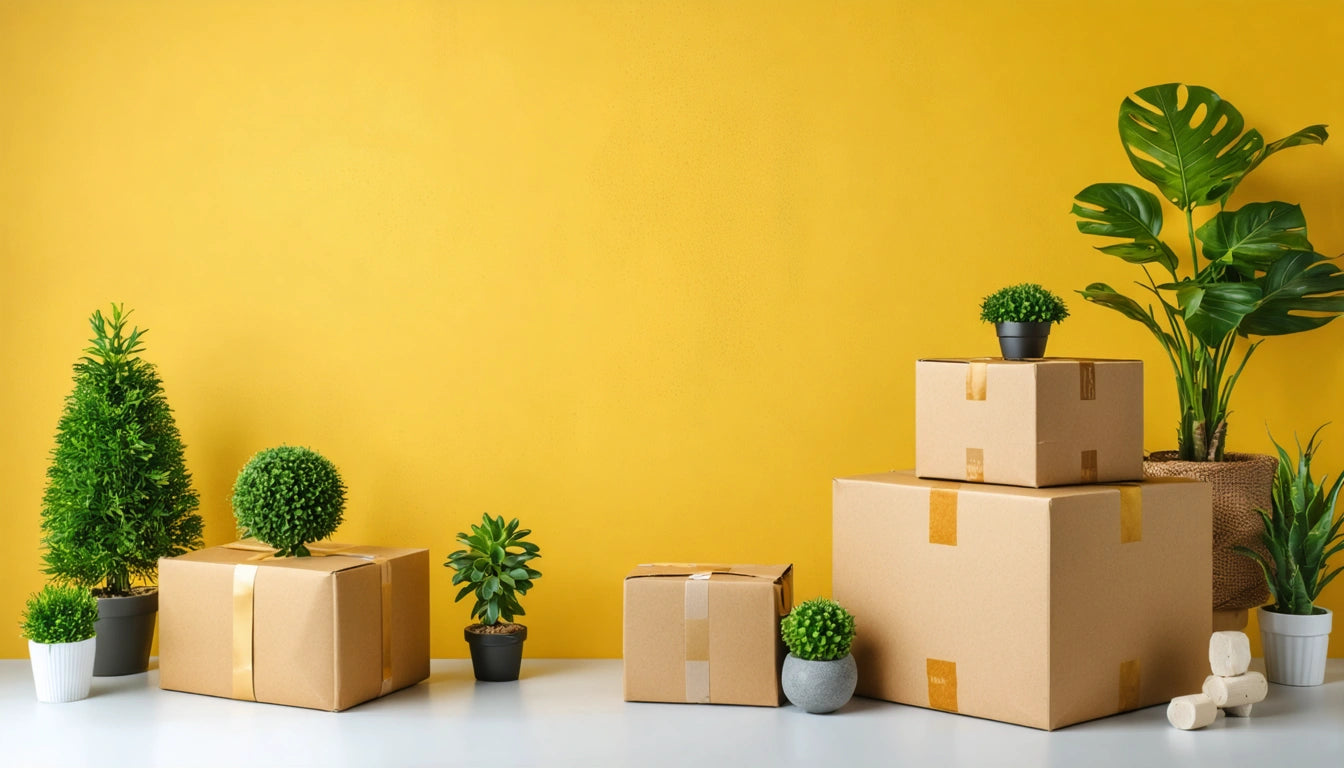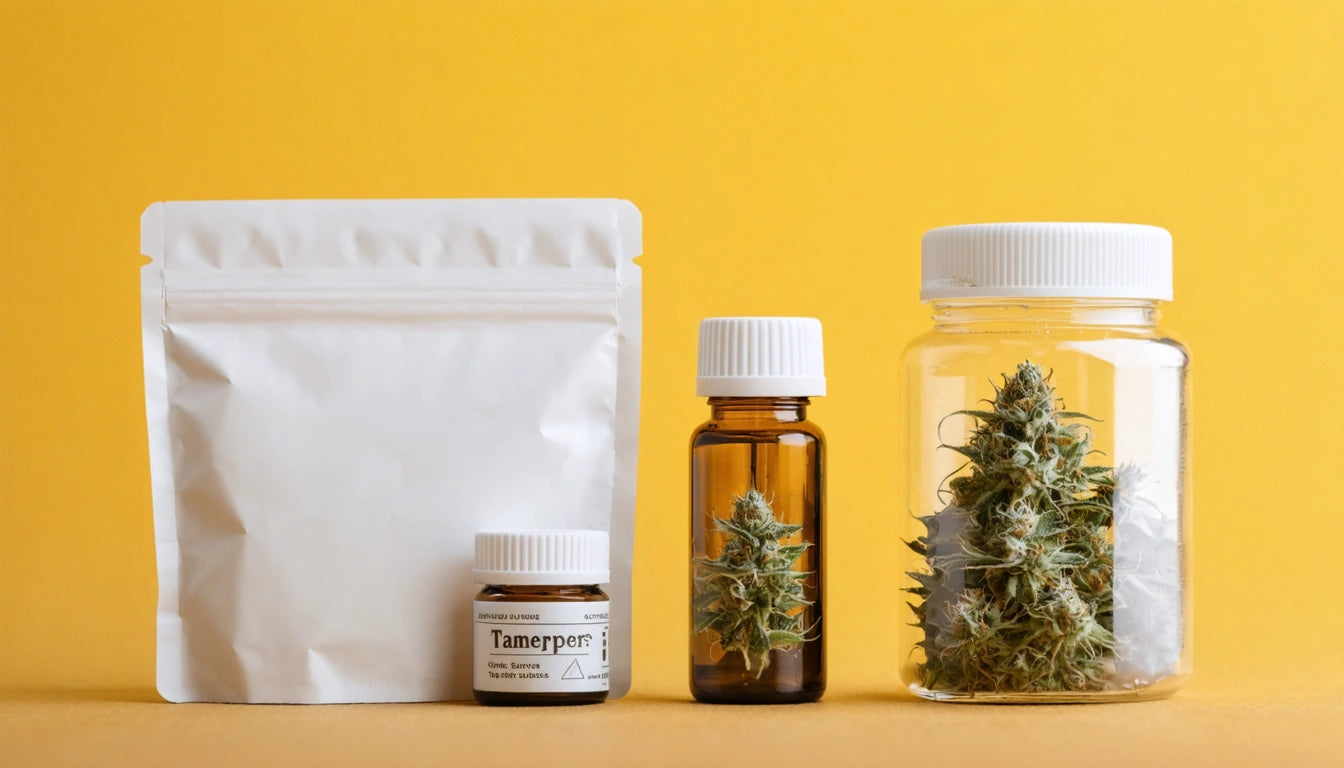Table of Contents
- Amazon Packaging Requirements: An Overview
- Frustration-Free Packaging: Amazon's Gold Standard
- Size and Weight Considerations for Amazon Sellers
- Labeling and Barcode Requirements for Amazon Compliance
- Sustainable Packaging Practices for Amazon Success
- Strategic Packaging Recommendations for Amazon Sellers
How to Ensure Your Packaging Meets Amazon's Requirements
For e-commerce brands selling through Amazon, packaging compliance isn't just about avoiding penalties. It's a strategic opportunity to enhance customer experience, reduce costs, and improve sustainability metrics. Amazon's packaging guidelines have evolved significantly, with requirements becoming increasingly stringent to address waste reduction, shipping efficiency, and customer satisfaction.
Amazon Packaging Requirements: An Overview
Amazon has developed comprehensive packaging requirements that all sellers must follow to maintain good standing on the platform. These requirements fall into several categories: dimensional compliance, material standards, labeling protocols, and sustainability initiatives. Meeting these standards is non-negotiable for sellers who want to avoid costly penalties and listing suspensions.
The primary Amazon packaging certification programs include:
- Frustration-Free Packaging (FFP)
- Ships in Own Container (SIOC)
- Prep-Free Packaging (PFP)
Each program has specific requirements designed to optimize the fulfillment process while enhancing customer satisfaction. According to research on e-commerce packaging and customer retention, brands that optimize their packaging for both Amazon compliance and customer experience see significantly higher repeat purchase rates.
Frustration-Free Packaging: Amazon's Gold Standard
Frustration-Free Packaging (FFP) represents Amazon's highest packaging standard. This certification requires packages to be:
- Easy to open without additional tools
- Made from 100% recyclable materials
- Designed to ship without additional Amazon packaging
- Capable of protecting products during shipping without excess materials
Achieving FFP certification can result in reduced fees and preferred placement in Amazon's sustainability programs. As noted in this guide on e-commerce packaging optimization, brands that invest in frustration-free designs often see improved customer reviews and unboxing experiences.
Benefits of FFP Certification
Brands that achieve FFP certification typically experience:
- Reduced packaging costs (up to 30% in some cases)
- Lower shipping fees due to dimensional weight optimization
- Improved customer satisfaction scores
- Enhanced sustainability metrics and brand perception
Size and Weight Considerations for Amazon Sellers
Amazon's dimensional weight pricing model makes package size optimization critically important. Oversized packages incur substantial fee increases, directly impacting profit margins. Successful Amazon sellers understand that right-sizing packages isn't just about compliance, it's about profitability.
Key dimensional considerations include:
- Package dimensions must not exceed 25" x 17" x 12" for standard shipping
- Packages over 50 pounds require special handling labels
- Items shipped in their original packaging must withstand a 3-foot drop test
For specialized equipment like industrial processing machinery and automation equipment, additional packaging reinforcement and custom inserts are often necessary to meet Amazon's drop test requirements while maintaining dimensional compliance.
Labeling and Barcode Requirements for Amazon Compliance
Proper labeling is essential for smooth processing through Amazon's fulfillment centers. All packages must include:
- Scannable barcodes that meet GS1 standards
- FNSKU labels (when using FBA)
- Hazmat labels where applicable
- Orientation indicators for fragile items
Incorrect or missing labels are among the most common reasons for Amazon compliance failures. According to packaging experts focused on online sales, implementing a quality control process specifically for label verification can significantly reduce compliance issues.
Sustainable Packaging Practices for Amazon Success
Amazon has placed increasing emphasis on sustainable packaging through its Climate Pledge Friendly initiative. Sellers who align with these sustainability goals often gain competitive advantages:
- Recyclable materials are strongly preferred and increasingly required
- Plastic packaging should be minimal and easily recyclable
- Biodegradable fillers are recommended over traditional options
- Packaging-to-product ratio should be minimized
As this resource on e-commerce packaging innovation explains, sustainable packaging isn't just about compliance, it's increasingly becoming a purchase consideration for consumers shopping online.
Common Sustainability Compliance Failures
Many sellers struggle with these common sustainability issues:
- Excessive void fill materials
- Non-recyclable plastic components
- Oversized packaging relative to product dimensions
- Mixed materials that complicate recycling
Addressing these issues proactively can prevent compliance penalties while enhancing brand reputation. Studies on packaging and return rates show that sustainable packaging can also reduce product damage during shipping, lowering costly returns.
Strategic Packaging Recommendations for Amazon Sellers
Beyond basic compliance, strategic packaging can become a competitive advantage on Amazon. Forward-thinking sellers are implementing these advanced practices:
- Design packages with unboxing experience in mind to encourage social sharing
- Incorporate QR codes linking to setup videos or registration pages
- Use package inserts strategically for cross-selling and review solicitation
- Develop packaging that facilitates easy returns when necessary
As explained in this comprehensive guide on Amazon packaging requirements, brands that view packaging as a marketing channel rather than just a shipping necessity tend to outperform competitors in customer engagement metrics.
By treating Amazon's packaging requirements as an opportunity rather than a constraint, sellers can develop packaging solutions that reduce costs, enhance customer experience, and build brand loyalty in an increasingly competitive marketplace.











Leave a comment
All comments are moderated before being published.
This site is protected by hCaptcha and the hCaptcha Privacy Policy and Terms of Service apply.